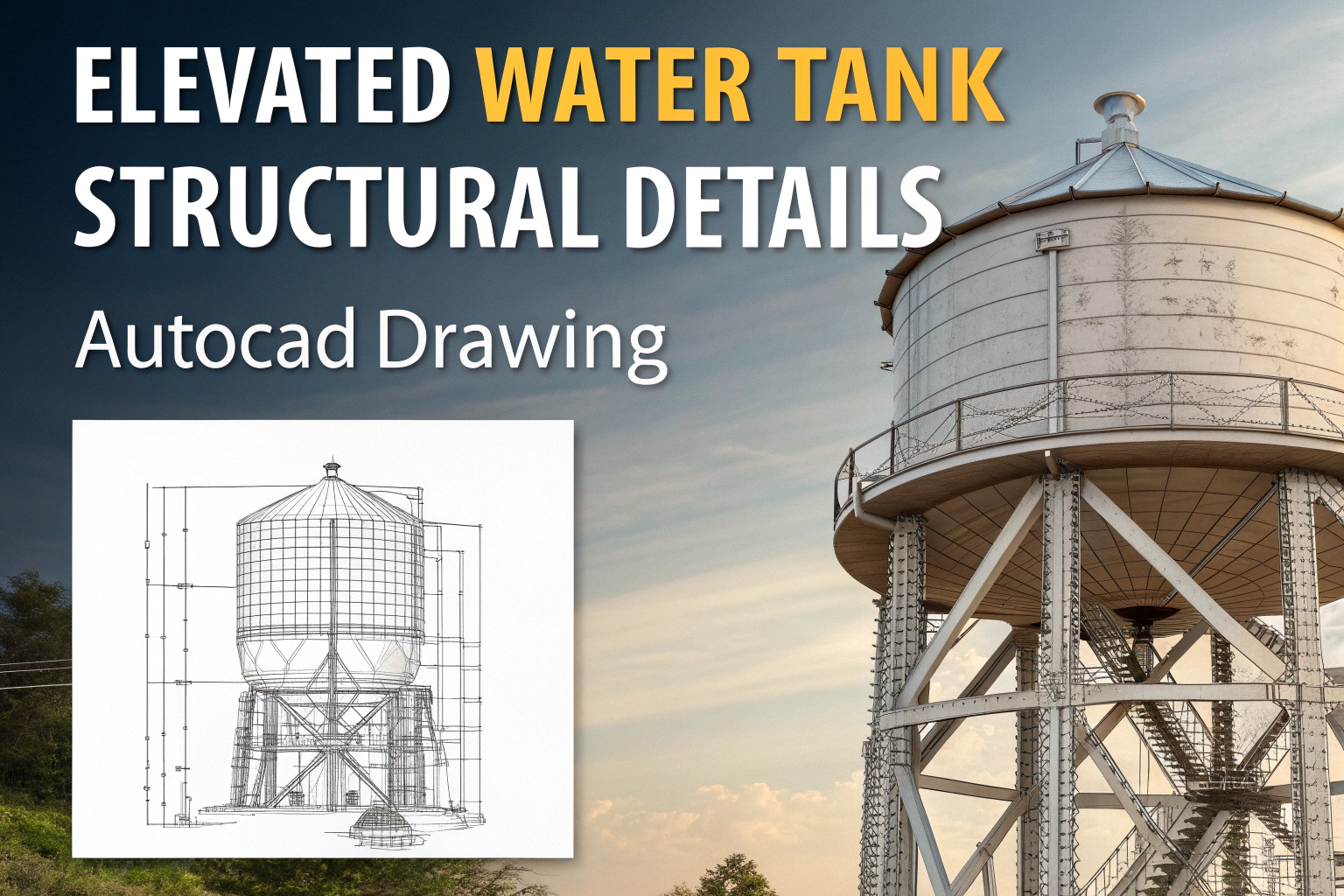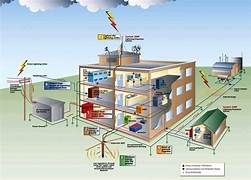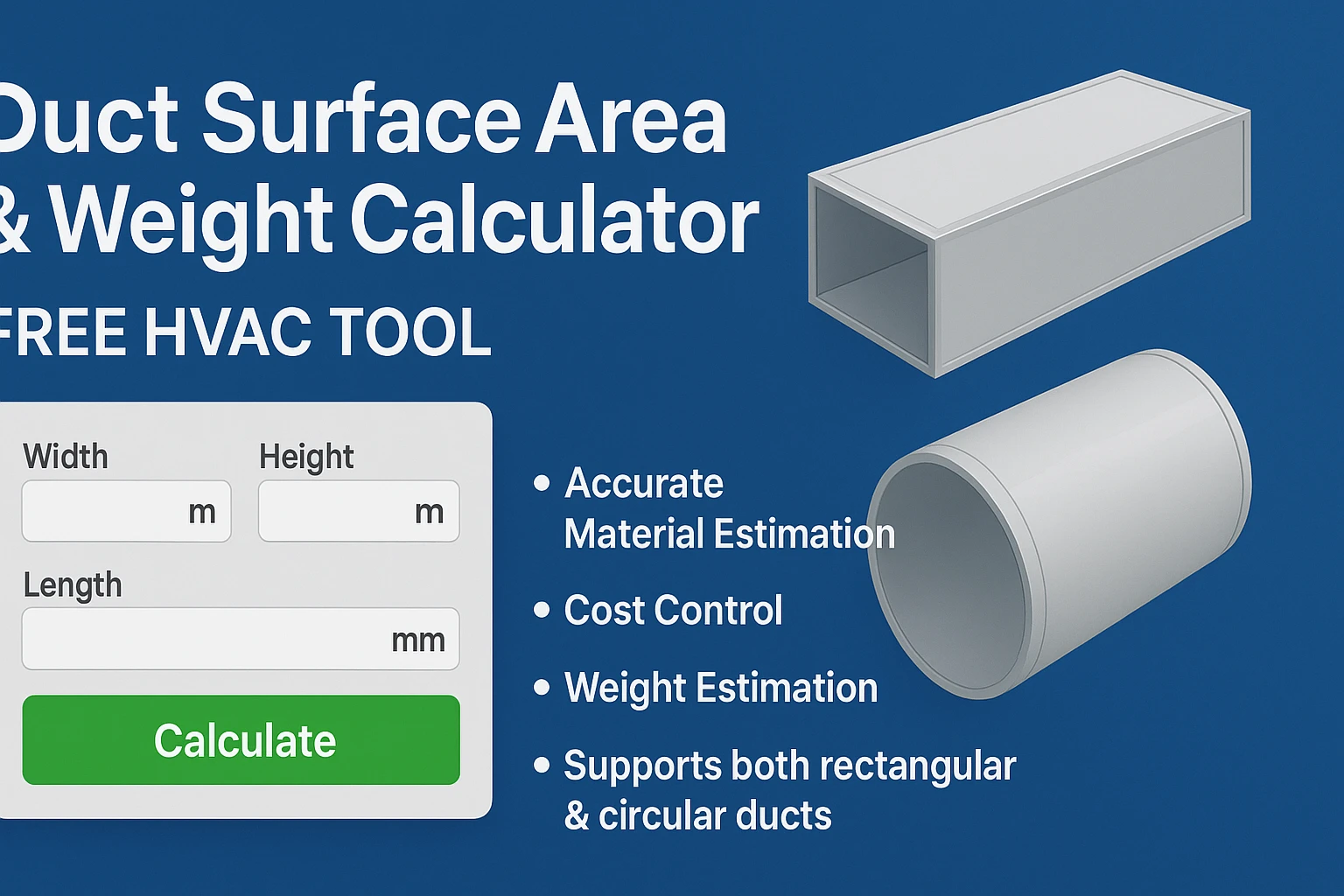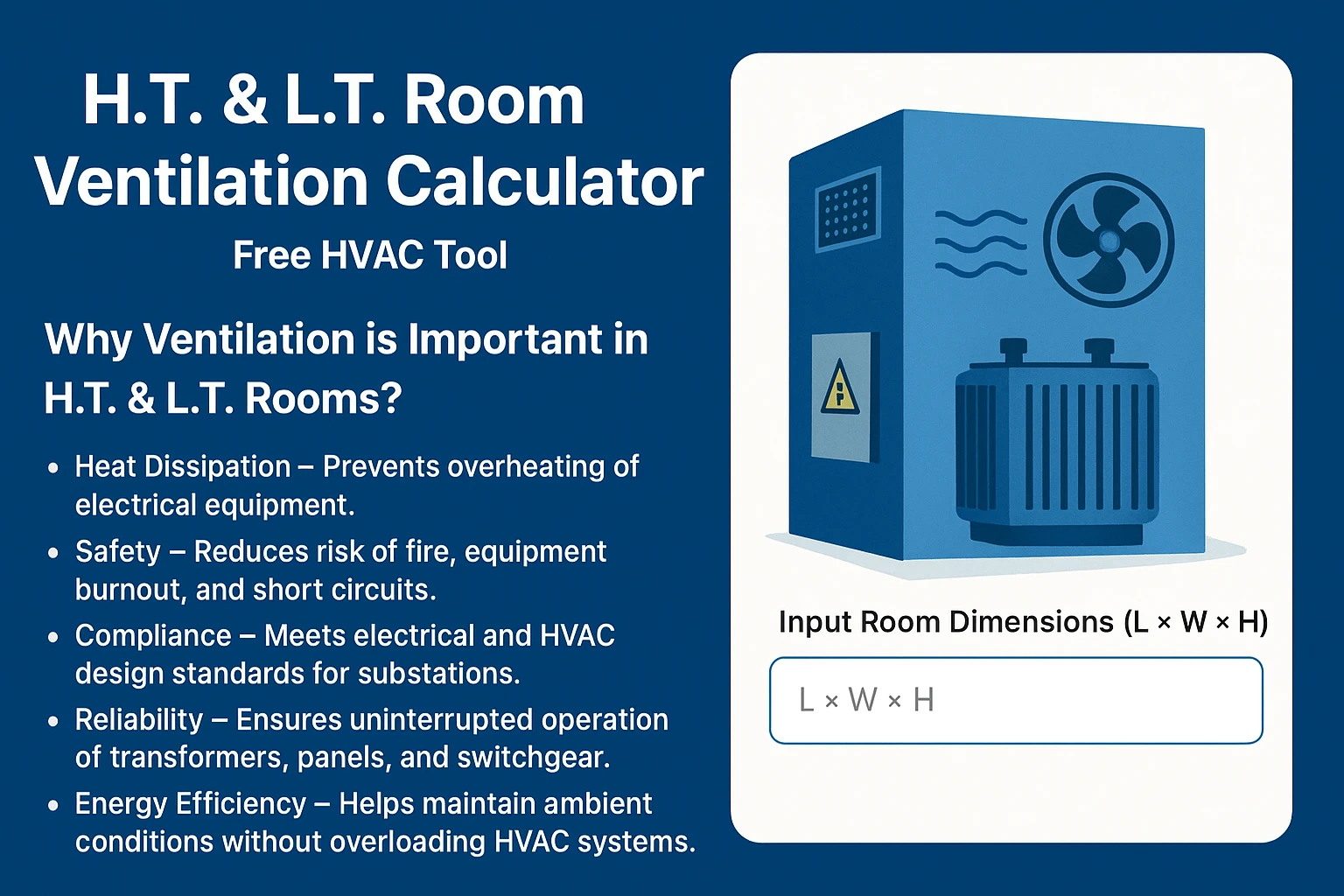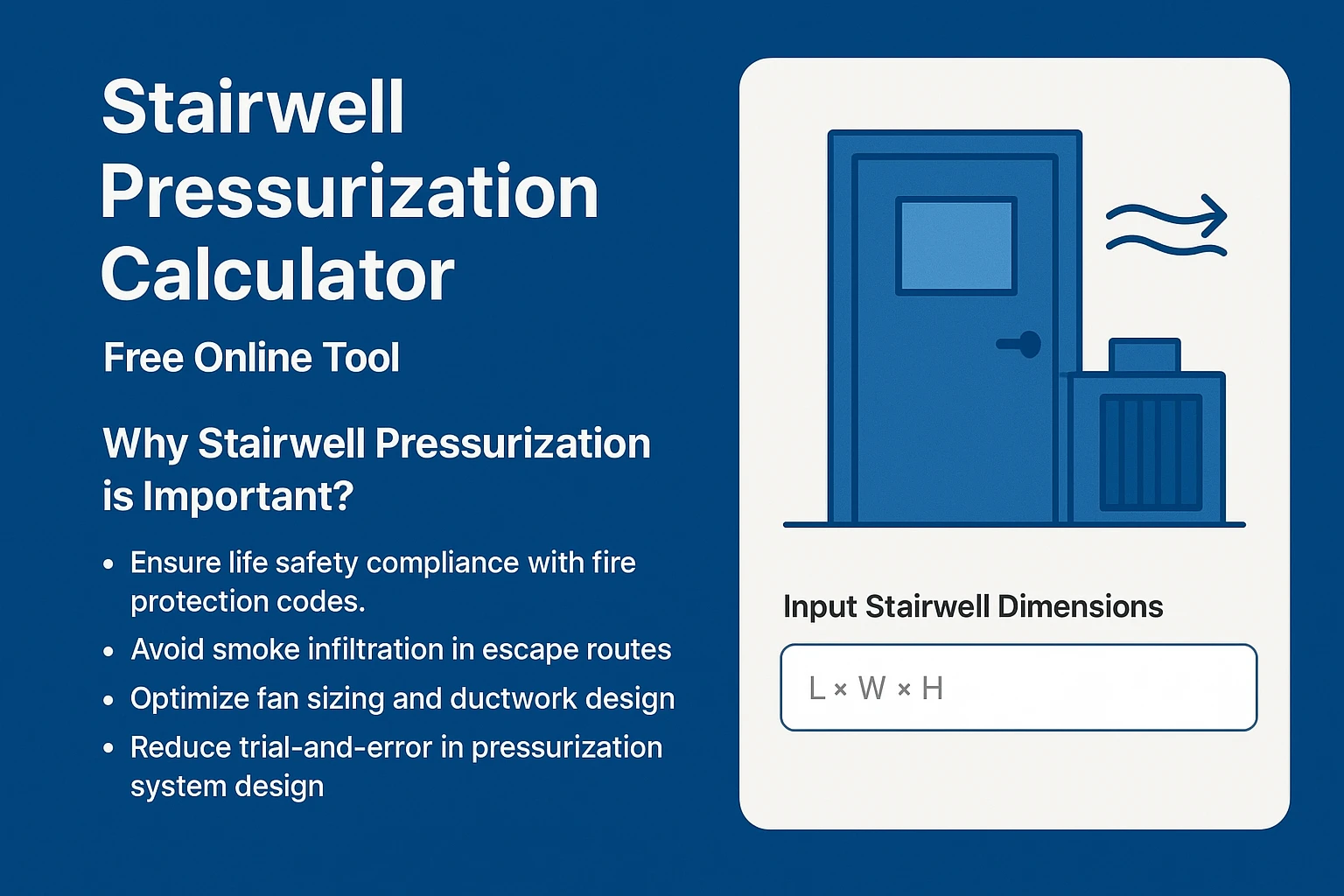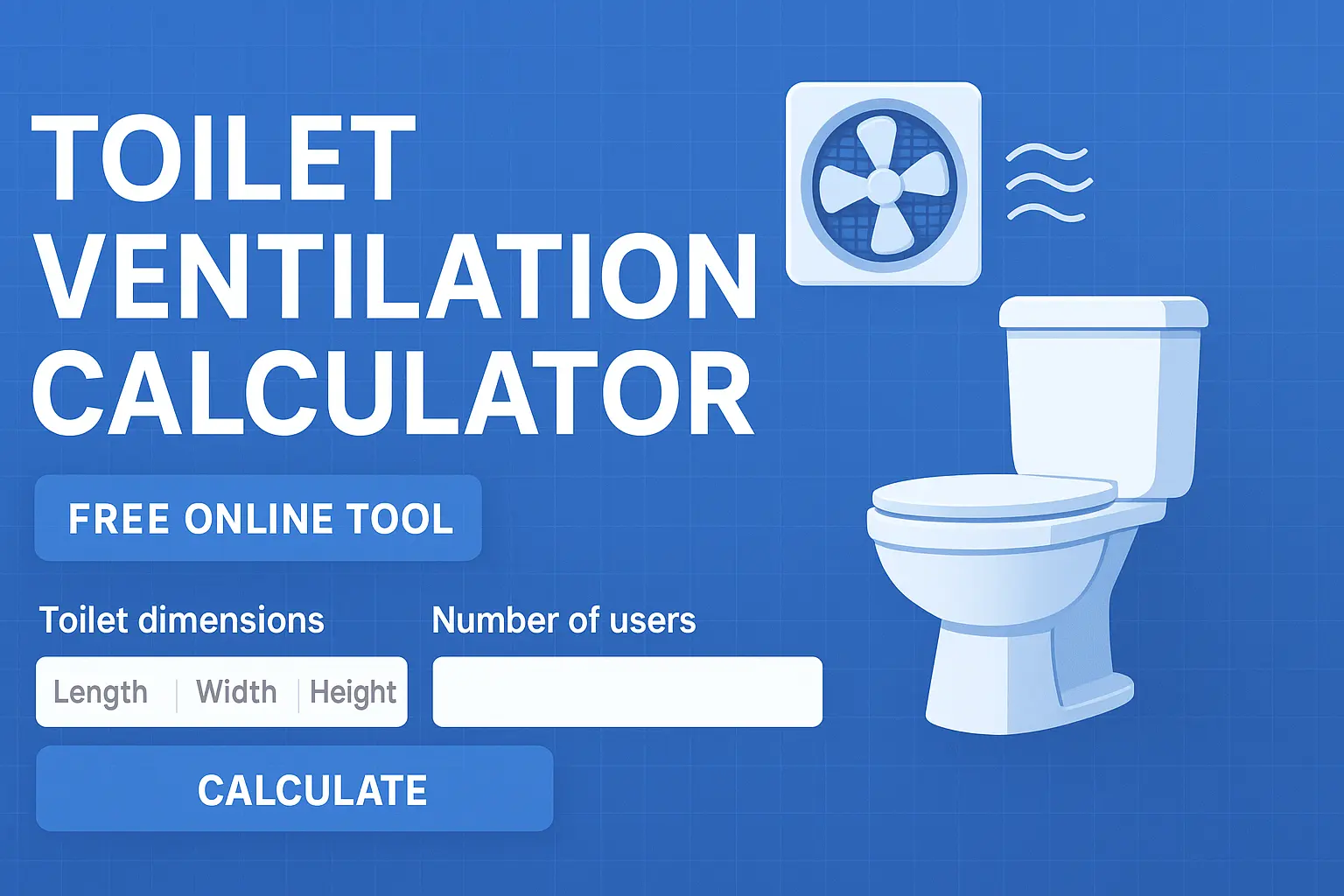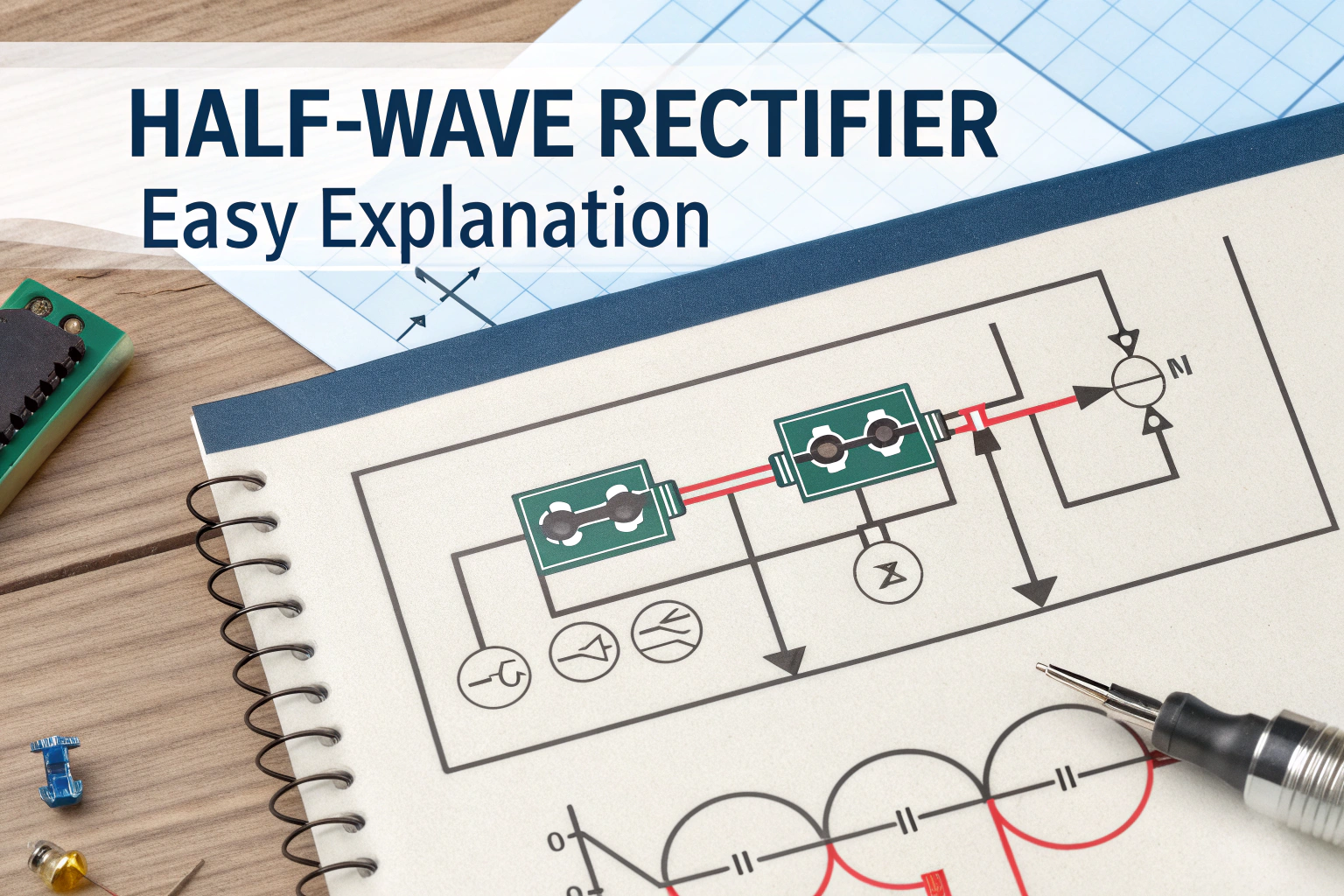ELECTRICAL
Electrical System
Electrical systems are absolutely critical to the safety, efficiency, and seamless operation of any modern infrastructure. Adequately designed and maintained systems guarantee the uninterrupted ...
MEP engineering
MEP engineering gives live or breathe to linings of steel and concrete standing tall in the backdrop of modern-day construction. An MEP has its ...
Pile Cap Design and Calculation Spreadsheet – Free Tool
Pile Cap Design and Calculation: Designing a pile cap needs precise load distribution and reinforcement checks. Our free Excel spreadsheet handles all calculations in ...
Duct Surface Area & Weight Calculator – Online Tool
In HVAC projects, sheet metal ductwork is one of the most important components for air distribution. Accurately calculating duct surface area and weight is ...
H.T. & L.T. Room Ventilation Calculator – Online Tool
Our H.T & L.T Room ventilation calculator is designed to help engineers, contractors, or consultants quickly determine required air changes or exhaust fan capacity, ...
Stairwell Pressurization Calculator – Online Tool
Stairwell pressurization is a critical safety feature in building design that ensures that stairs remain smoke-free during a fire emergency, providing occupants with a ...
Space Charge in Electrical Insulation – Simple Guide
Space Charge in Electrical Insulation: Space charge forms when high voltage drives free charges into tiny defects inside an insulator. Over time, these trapped ...
Toilet Ventilation System Calculator -Online Tool
Toilet Ventilation System Calculator – Proper ventilation is very important in toilets and washrooms for maintaining fresh air quality, hygiene, and comfort. If ventilation ...
Half‑Wave Rectifier – Easy Explanation
Half‑Wave Rectifier: A half‑wave rectifier converts AC into a pulsed DC output. It uses a single diode to pass one half of the input ...

